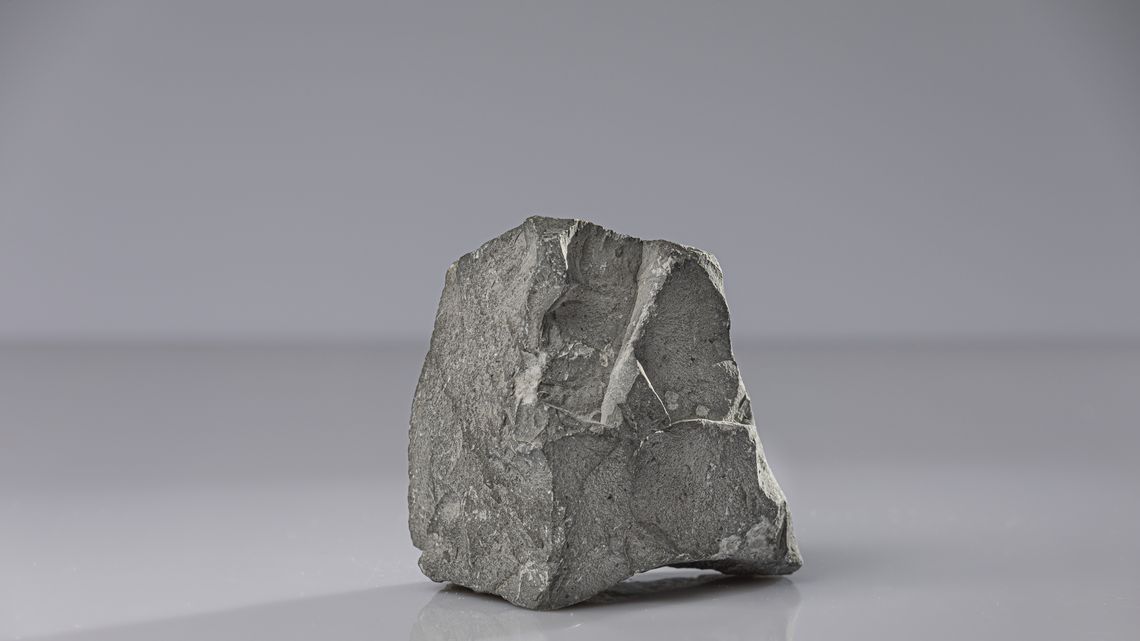
TEMTON
Investigations on THM effects in Buffer EDZ and Argillaceous Host Rock
Buffer investigations: The thermal conductivity of bentonite was investigated in the laboratory by preparing samples of bentonite with different admixtures. It could be demonstrated that the admixtures used are able to increase the thermal conductivity of a buffer material in case there is a need for a better heat dissipation in the disposal concept. EDZ investigations: Opalinus clay samples were artificially damaged to analyse the permeability evolution during fissure closing. A continuous decrease in permeability was determined during an increase in confining pressure, and a mathematical expression was identified in terms of a potential function. In parallel to this, a permeability-effective porosity relationship for the Opalinus clay was developed based on the theory of fractals, which allows the description of rock mass properties using fractal dimensions. This relationship links the geometric pore size parameters, the fractal dimension, and the permeability of a material. Host rock investigations: A temperature increase due to radioactive waste disposal would generally accelerate metamorphic processes. As an example, the most reactive process, i.e., the illitisation of smectites upon temperature increase, has been investigated. It was found that the influence on illitisation reactions is negligible since the temperature and particularly the time span of higher temperatures is too small. Regarding organic compounds in the clay host rock, the extent to which the heat released by the waste canisters artificially accelerates maturing and, thus, oil formation has been investigated. The results show that the increase in maturing would be far below measurable limits and needs not be considered in a safety analysis. Quantifiable conclusions about the retention properties of claystones at increased temperatures are drawn from experimentally determined values about the sorption behaviour of elements or radionuclides. The analysis of the heater test at the Meuse/Haute-Marne URL was aimed at identifying physical rock parameters. The anisotropic thermal and hydraulic parameters obtained are in good agreement with the results of laboratory and in-situ measurements. The new implemented constitutive law allowed a suitable description of the permeability evolution in the direct vicinity of the heater boreholes.
Contact
Research & Development
info@bge-technology.de
Short Infos
Runtime: 2006 - 2013
Client:
Bundesministerium für Umwelt, Naturschutz, nukleare Sicherheit und Verbraucherschutz (BMUV) vertreten durch das Karlsruher Institut für Technologie, beauftragter Projektträger Karlsruhe PTKA
Funding Code:
02E10086

